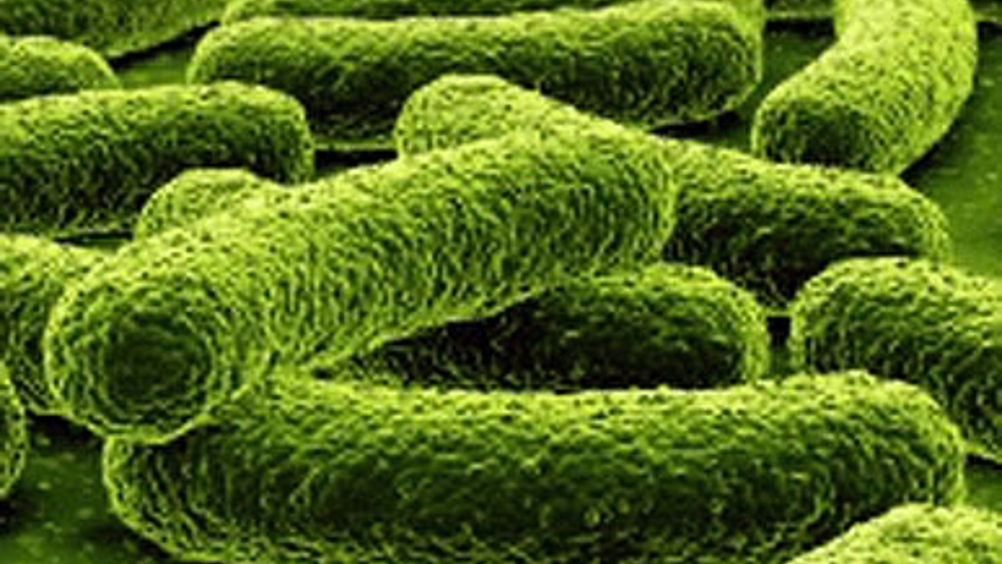Handheld system detects contaminated food
A team at Auburn University, Alabama has developed a real-time biosensing system to detect pathogenic bacteria such as salmonella

The research is described in the American Institute of Physics’ Journal of Applied Physics.
According to a statement, what sets this biosensing system apart from traditional detection methods is a design that involves using a magnetoelastic biosensor — a low-cost, wireless acoustic wave sensor platform — combined with a surface-scanning coil detector.
The biosensors are coated with a bacteria-specific recognition layer containing particles of ‘phage,’ a virus that naturally recognizes bacteria, so that it’s capable of detecting specific types of pathogenic bacteria.
Traditional technologies required the sensor to be inside a coil to measure the sensor’s signals, said Yating Chai, a doctoral student in Auburn University’s materials engineering program.
‘The key to our discovery is that measurement of biosensors can now be made ‘outside the coil’ by using a specially designed microfabricated reading device,’ he said.
‘In the past, if we were trying to detect whether or not a watermelon was contaminated with salmonella on the outside of its surface, the sensors would be placed on the watermelon, and then passed through a large coil surrounding it to read the sensors,’ Chai said.
Register now to continue reading
Thanks for visiting The Engineer. You’ve now reached your monthly limit of news stories. Register for free to unlock unlimited access to all of our news coverage, as well as premium content including opinion, in-depth features and special reports.
Benefits of registering
-
In-depth insights and coverage of key emerging trends
-
Unrestricted access to special reports throughout the year
-
Daily technology news delivered straight to your inbox









